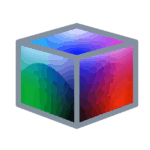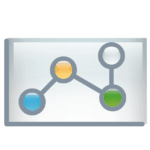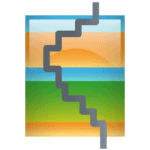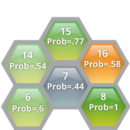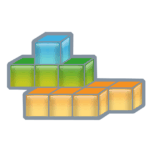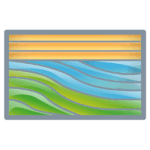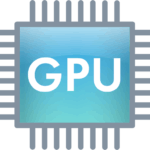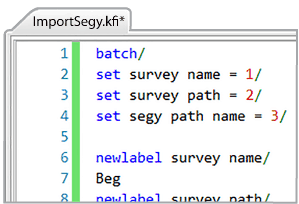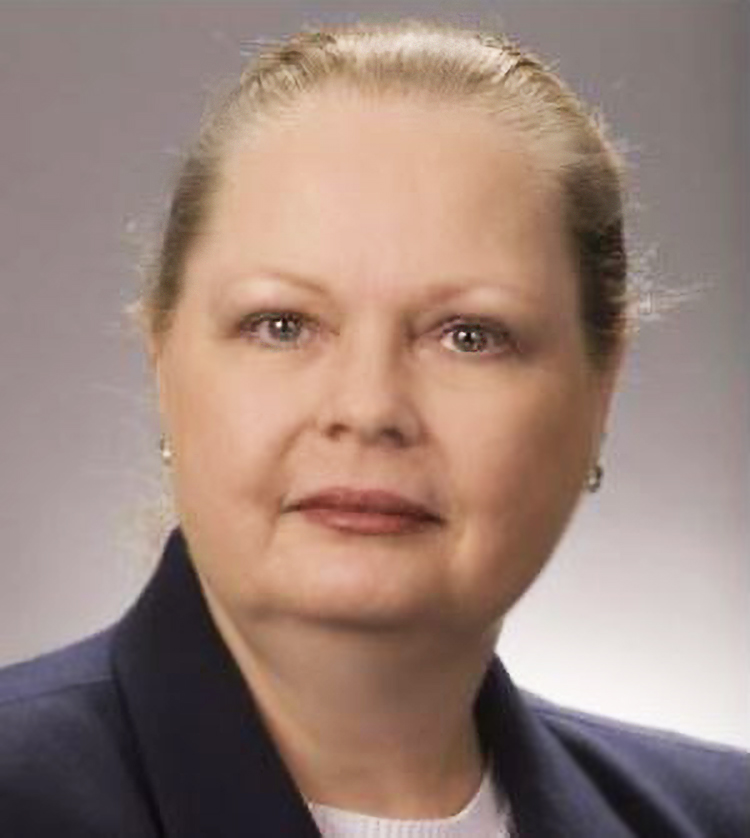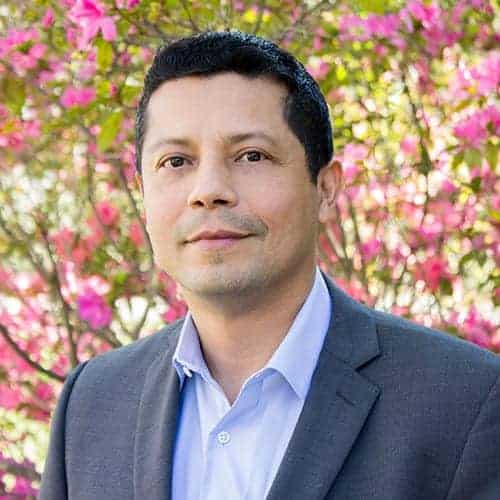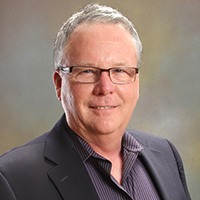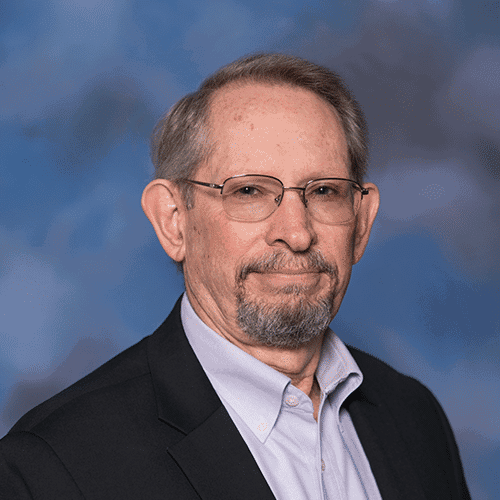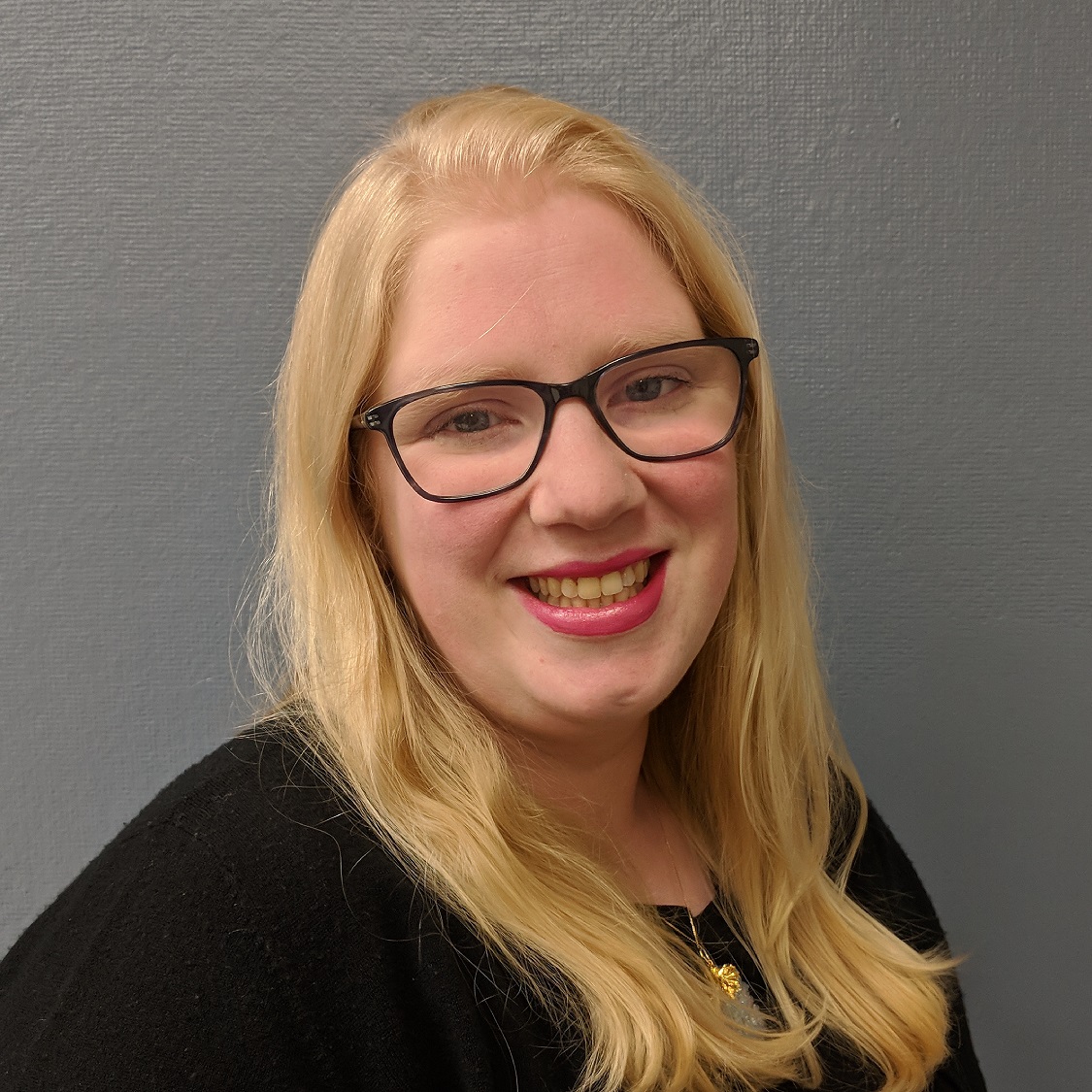
Your Data Analytics and AI tools for Rapid Reservoir Characterization
Paradise uses robust, unsupervised machine learning and supervised deep learning
technologies to accelerate interpretation and generate greater insights from the data.
Apply the guided ThoughtFlows® in the Paradise AI workbench to…
-
Predict lithologies faster than inversion from seismic and wells
-
Generate fault probability volumes in minutes/hours
-
Generate attributes
-
Identify thin beds down to a single seismic sample
-
Reveal regional seismic facies
Generate attributes to extract meaningful geological information and as input into machine learning analysis
Highlight geologic features in 3D by blending up to three attribute volumes
Identify attributes having the highest variance and contribution among a set of attributes in a geologic setting
Apply Self-Organizing Map (SOM) unsupervised machine learning to reveal stratigraphic facies and their distributions
Display the neural classes (topology) and their associated colors resulting from Stratigraphic Analysis that indicate the distribution of facies
View well log analysis and seismic interpretation in an integrated dashboard
Predict lithologies across a region from seismic and wells
Estimate the volume of reserves/resources and geologic features
Capture facies based on distinctive seismic patterns using Convolutional Neural Network (CNN) deep learning technology
Detect faults automatically with deep learning and machine learning processes
Generate geometric and spectral decomposition attributes on a cluster of compute nodes in a fraction of the time on a single machine
Attribute Generation
Using attributes is fundamental to seismic interpretation. The Paradise Attribute Generator places best-in-class post-stack seismic attribute calculations in the hands of seismic interpreters and specialists alike using easy-to-follow ThoughtFlows. The Paradise attribute library includes a comprehensive list of Instantaneous attributes as well as algorithms and workflows developed by the Attribute Assisted Seismic Processing and Interpretation (AASPI) consortium at the
University of Oklahoma, led by Dr. Kurt Marfurt.
Families of Attributes
Instantaneous • Dip • Structure • Amplitude • Similarity • Curvature • Spectral Decomposition • Texture
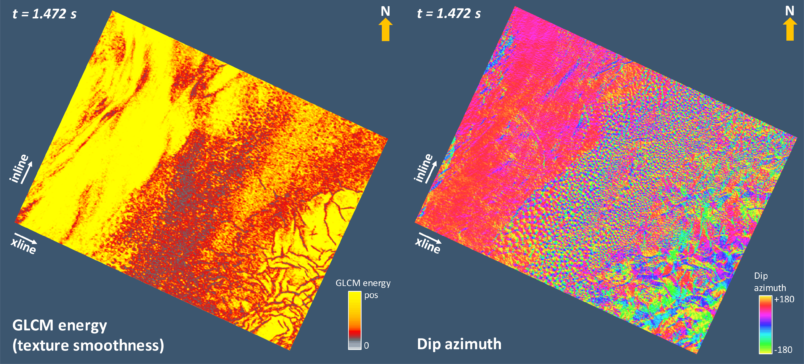
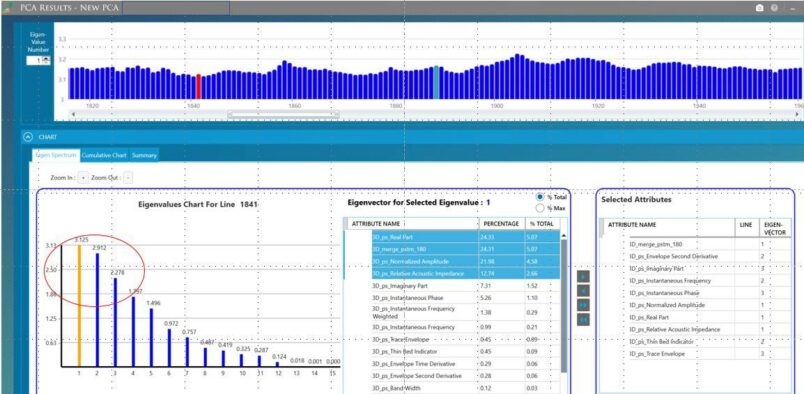
Attribute Selection
Seismic attributes differ in their relative contribution to information (energy) in a given volume. In Paradise, Principal Component Analysis (PCA) is used to identify those attributes that are the most prominent and quantify their relative contribution to a volume. Using an Eigen spectrum chart, the relative contribution is presented both graphically and numerically, taking the guesswork out of selecting the right attributes seismic interpretation.
Machine Learning Stratigraphic Analysis
Machine Learning (ML) Stratigraphic Analysis uses the Self-Organizing Map (SOM) unsupervised machine learning process to classify stratigraphic facies and their distributions. Applied at single sample scale in Paradise, this process produces a detailed view of stratigraphy due to the stacking effect of classifying individual examples in attribute space. In addition to identifying thin beds, ML Stratigraphic Analysis also reveals potential fluid effects in seismic data. When used with the unique interactive 2D Colormap in Paradise, the distribution of one or more neural classes are calibrated with geology. The Machine Learning Geobody application then incorporates ML Stratigraphic Analysis results to produce geobodies and calculate volumetrics.
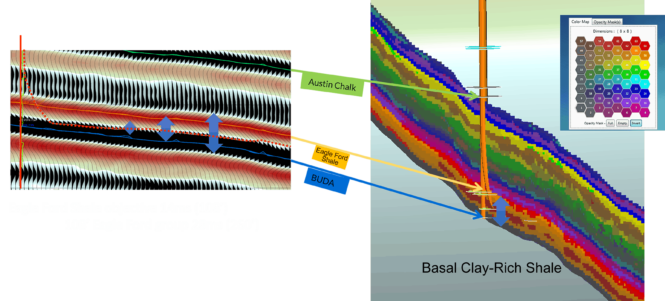
(Left) Amplitude data. (Right) multi-attribute classification on 100ms stratigraphy above the Buda in the Eagle Ford group. Seismic data owned and provided courtesy of Seitel, Inc.
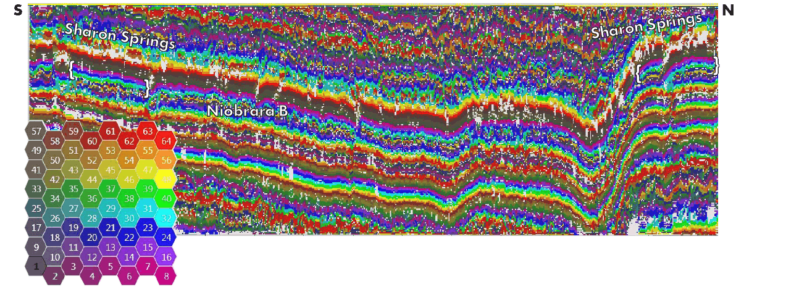
Multi-attribute classification with low probability (<10%) anomalies (white) in the greater Niobrara section. For more information, read Thin Beds and Anomaly Resolution in the Niobrara by Rocky Roden.
Interactive 2D Colormap
Paradise is the only software product in the industry with a 2D Colormap representing neuron classifications of attributes. The 2D Colormap is used with the Paradise Universal Viewer to select and isolate specific neurons that have classified multiple seismic attributes from the SOM process. The 2D Colormap enables the seismic interpretation of neuron-identified geologic features and their geometries while providing the relative contribution of each seismic attribute per neuron.
Color Blending
Blending attributes in an RGB display can dramatically enhance the visibility of geologic features within the seismic data. The Color Blending application is a 3D visualization tool that co-renders three separate attribute volumes (e.g., three spectral decomposition volumes) into a single volume for enhanced seismic interpretation. When applied to seismic data, Color Blending, or corendering, highlights geologic and geophysical features, thereby improving interpretability.
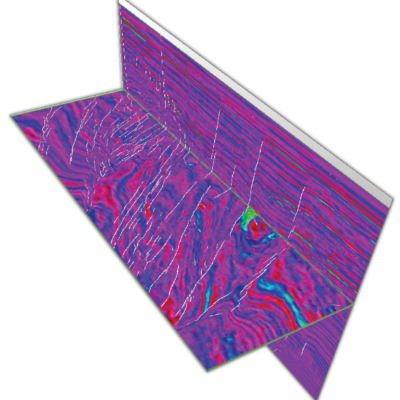
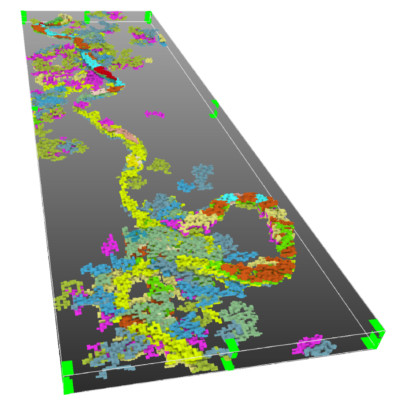
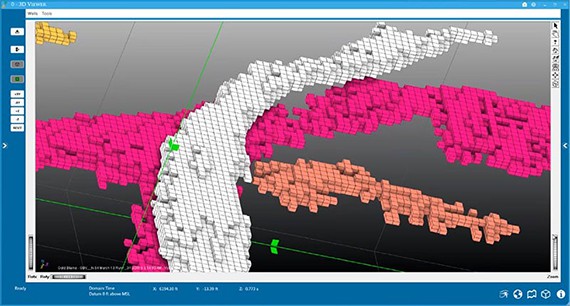
Machine learning geobodies are isolated at the bin level, enabling volumetric estimates of hydrocarbons
Machine Learning Geobodies
Generating geobodies from machine learning is unique to the Paradise AI workbench. Machine Learning Geobodies quantify the volume of seismic interpretation features, including hydrocarbon pore volume. The value of the tool is obtaining estimated volumetrics early in the seismic interpretation workflow. Geobodies are defined from one or more neurons from Stratigraphic Analysis, Fault Detection, and Seismic Facies classification. The output is a three-dimensional visualization of geological features, including potential reservoirs. Using Paradise to identify geobodies empowers interpreters to:
- Investigate geobodies at the sample level of each neuron
- Capture details on areas of interest, including volumetrics and statistics
- Edit selected geobodies by filling in areas or pruning extraneous samples
- Export specific geobodies to an interpretation system for further analysis
Deep Learning (DL) Fault Detection
Built on 3D CNN technology, the Deep Learning (DL) Fault Detection application is equipped with robust synthetic fault models, supporting a wide range of seismic data and geologic settings without the need for user-provided fault examples for training. AI-based Fault Detection in Paradise uses a combination of supervised Deep Learning (DL) and unsupervised Machine Learning (ML) technologies to produce fault geobodies, which are easily converted to fault planes in an interpretation system. Fault Detection in Paradise offers these advantages
- Frees geoscientists from having to pick faults manually – eliminates bias
- Eliminates uncertainty in selecting lines manually for training
- Creates fault neurons and geobodies, ready to import
- Produces consistent fault probability results rapidly
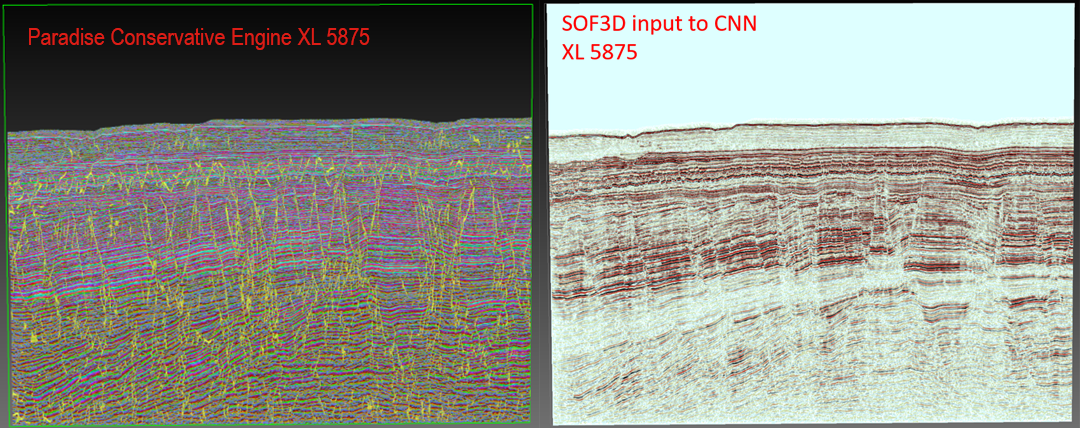
Paradise AI Fault Detection (left) run on the seismic data from the Canning Basin in Western Australia (right). Note the detail fault system identified through an unsupervised deep learning CNN process – generated rapidly vs. traditional method of hand-picking lines.
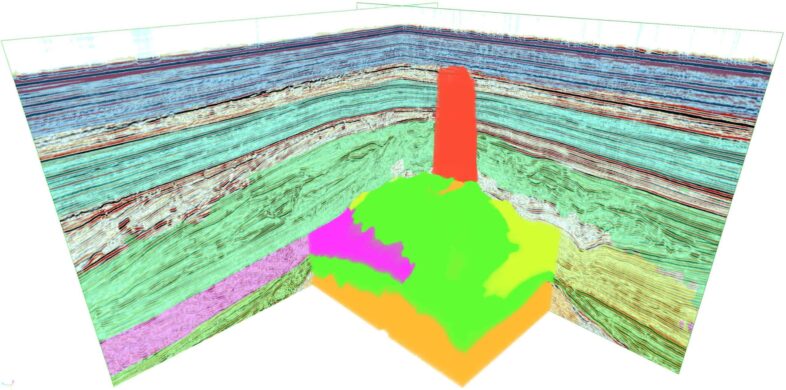
Deep Learning (DL) Seismic Facies Classification
The new DL Seismic Facies classification tool enables the identification of structural and stratigraphic facies patterns based on supervised, deep learning (CNN) technology. Seismic facies and other patterns present in seismic data, such as potential Direct Hydrocarbon Indicators, multiples, etc., can be identified in a seismic volume through training of the engine (model) on the desired facies. The 3D extent of these features can provide significant and valuable insights into the seismic interpretation process.
Click here for a technical paper on seismic facies classification using Paradise
The new Well Log Visualization capability in Paradise 3.4 enables a corroboration among machine learning classification results, seismic attributes, and traditional well logs. Seismic data is presented at borehole and lithofacies resolution in feet/meters. Use the new Well Log Visualization capability to:
- Compare machine learning classification results and other seismic attributes to traditional well logs
- View well logs, formation tops, and extracted log curves together within a cross-section
- Customize the Well Log view by adding tracks and changing the properties of data
Well Log Visualization is a powerful tool for visually relating machine learning results to reservoir properties computed from conventional well logs. Access a technical paper via the button below on correlating machine learning classification results to the presence of a reservoir.
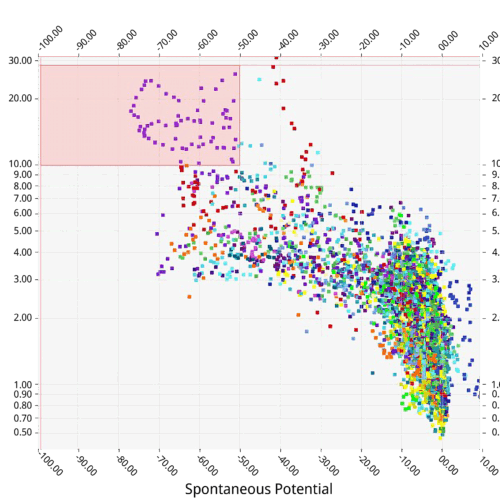
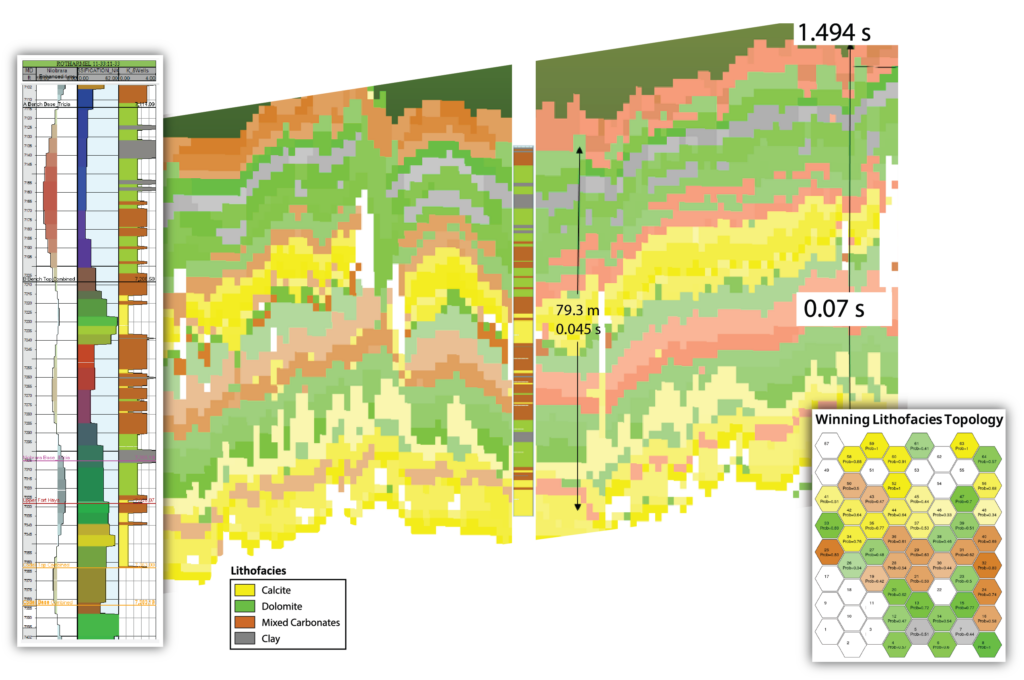
Machine Learning Lithofacies Prediction
Patent Pending
Lithofacies Prediction in Paradise calculates the probability of designated lithofacies occurring at each point in a seismic volume. The ThoughtFlow yields predictions at a fraction of the time of inversion-based reservoir characterization, dramatically reducing the cost of predicting lithologies across a region. In addition to producing results rapidly, the process defines lithofacies of interest at the resolution of a single seismic sample.
The alternative ML approach to reservoir characterization by Geophysical Insights has these technical advantages over seismic inversion for lithofacies prediction, saving time and money:
- Process is not deterministic – does not require data to match physical models
- No requirement to determine the wavelet and low-frequency trend in the data, which are non-trivial
Employs multiple seismic attributes in ML clustering that identify natural patterns in the data relating to lithology - Works on thin and thick beds as ML clustering is done at the seismic sample interval, below the wavelets resolution limit
- Neurons generated by SOM have some of the characteristics of inverted data; they map intervals, not just stratigraphic interfaces
Petrel Connector
The Paradise – Petrel* Connector allows seismic interpreters to import and export data to and from Paradise seamlessly and quickly, increasing the efficiency of seismic interpretation using machine learning.
The Petrel Connector to Paradise is installed on the same machine with Petrel and appears as an icon on the Petrel ribbon. Simply open the Paradise Connector, select the data to be moved to Paradise, drag and drop the data items onto the Petrel Connector dialog, and select Export. Import from Paradise to Petrel is equally straightforward. Multiple items can be exported at once by selecting the folder to export, such as all wells. The products of machine learning and deep learning in Paradise, such as Deep Learning Seismic Facies, Faults, and Multi-Attribute Classification volumes can be imported easily into Petrel for further analysis.
*Petrel is a Registered Trademark of Schlumberger Limited
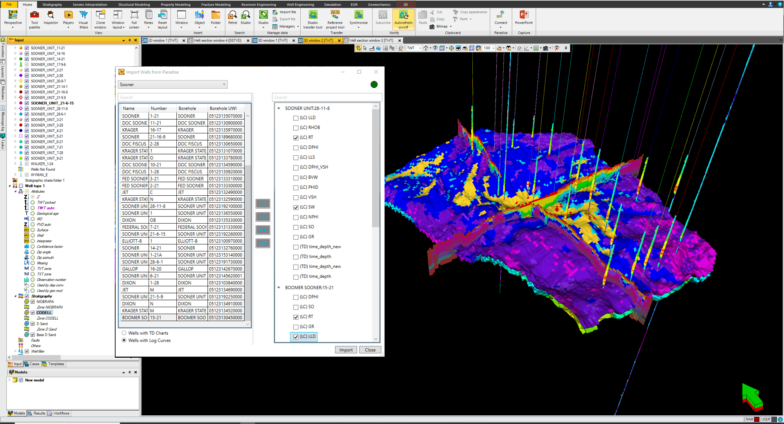
Paradise Scripting Language
The Paradise Scripting Language (PSL) is a powerful procedural and interpreted language for geophysical signal and neural network analysis. The language includes over 600 geoscience-specific commands for analyzing geoscience data. PSL is designed for geoscientists and researchers to develop new geophysical data procedures. Unlike Python or other programming tools, many geoscience constructs are pre-built and readily available in PSL, saving time while providing a rich toolset for analysis and investigations.
The Paradise Script Processor (PSP) is a software application for optimized multi-thread vectorized performance. PSP modes include interactive operations, numerical batch processing, and multi-batch parallel processing. Included with PSL is the Paradise Script Editor (PSE) to write and run scripts interactively.


